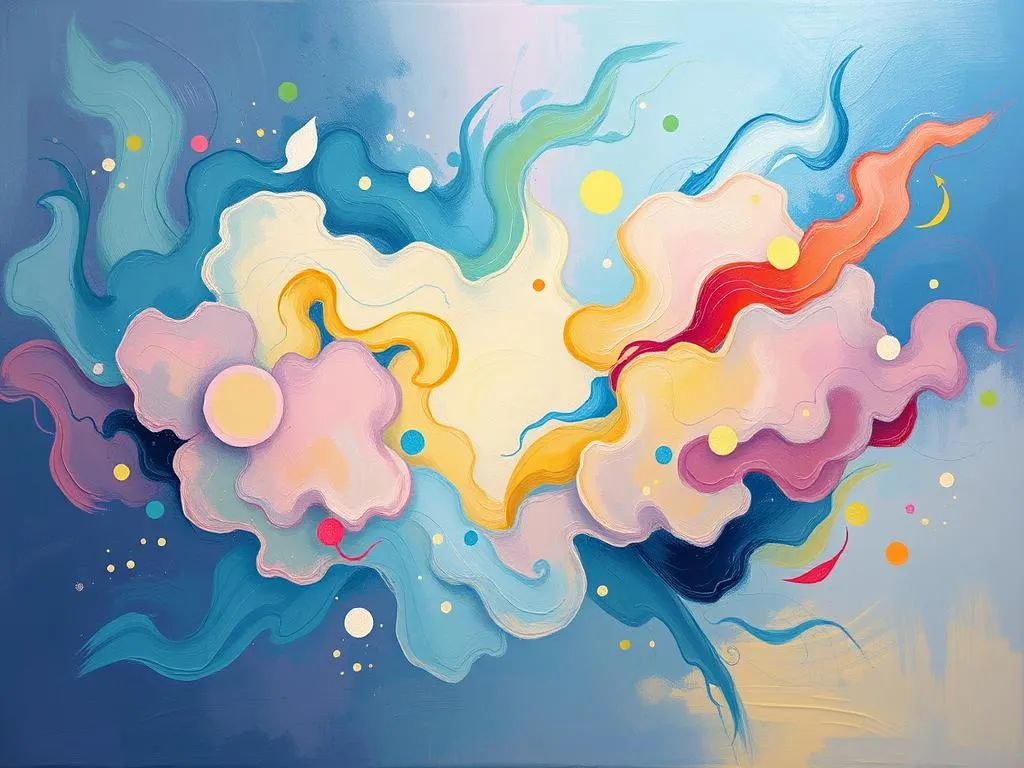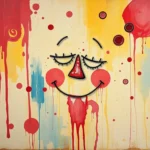
Introduction
Dreams have been a source of fascination for centuries, captivating the minds of philosophers, psychologists, and everyday individuals alike. One particularly intriguing aspect of dreams is the way symbols rotate within our subconscious, revealing layers of meaning that can vary depending on personal experiences and emotions. The exploration of these symbols is not only a fascinating subject but also a powerful tool for self-discovery. Understanding the significance behind recurring symbols in our dreams can provide us with insights into our innermost thoughts and emotions, offering clarity in our waking lives.
Symbolism and Meaning
When we delve into the realm of dream interpretation, we often encounter common symbols that take on various meanings based on the context of the dream and the dreamer’s individual circumstances. The concept of symbol rotation suggests that the same symbol might represent different ideas depending on the dreamer’s current emotional state or life situation.
For example, consider the symbol of water. In dreams, water can symbolize a range of emotions, from tranquility to turmoil. A calm lake might reflect peace and contentment, while turbulent waves may signify emotional upheaval or stress. If you find yourself dreaming of water frequently, it might be worthwhile to reflect on your current emotional landscape. Are you feeling balanced, or are you grappling with unresolved feelings?
Another powerful symbol is that of flying. This can denote feelings of freedom, escape, or a desire to rise above challenges. However, if the experience of flying is accompanied by a sense of fear or inability to control your flight, it may indicate feelings of anxiety or helplessness in your waking life. The rotation of this symbol can reveal much about your current mindset and may encourage you to confront fears or seek freedom from constraints.
Animals also play a significant role in dream symbolism. A lion might represent courage and strength to one person, while for another, it could evoke feelings of fear or vulnerability. Understanding your unique relationship with specific animals and their meanings can help clarify the messages your dreams are conveying.
As we analyze these symbols, it’s essential to remember that their meanings are not fixed. The context of the dream, including your emotions during the dream and the specific details surrounding the symbols, can drastically change their interpretation. Engaging in self-reflection about your experiences and feelings can unveil deeper layers of meaning.
Key Scenarios and Variations
The interpretation of dreams can vary significantly based on different scenarios that play out in the dream world. For instance, if you dream of losing something important, such as a wallet or a loved one, the emotional response tied to that loss can provide insight into your waking life. Losing a wallet may symbolize feelings of insecurity or a fear of losing control over your finances or identity, whereas losing a loved one might indicate unresolved grief or anxiety around attachment.
Conversely, a dream in which you find something you thought was lost can represent recovery, growth, or the rediscovery of aspects of yourself that you may have neglected. This rotation between loss and gain in dreams can reflect your journey through life, from moments of vulnerability to times of empowerment.
Another scenario worth exploring is the chase dream. When you dream of being chased, it often indicates that you are avoiding something in your waking life, whether it’s a responsibility, a stressful situation, or an emotional confrontation. The identity of the pursuer can provide additional context—are you running from an aspect of yourself, or is it an external pressure? The rotation of this symbol can shift your perspective on what you might be avoiding and encourage you to face those challenges head-on.
Dreams involving transformation can also vary widely. For instance, dreaming of becoming an animal might reflect your primal instincts or a desire to connect more deeply with your natural self. If you dream of transforming into a bird, it could signify a desire for freedom or a change in perspective. Conversely, turning into a monster might reflect feelings of anger or fear that you have yet to confront. Each scenario presents a unique narrative, allowing the dreamer to explore their feelings of empowerment or vulnerability in light of their current life situation.
The setting of a dream can also significantly alter its interpretation. A familiar place, such as your childhood home, might evoke nostalgia or unresolved issues from your past, while a dream set in an unfamiliar environment could suggest feelings of anxiety or uncertainty about the future. By examining the variations in scenarios and settings, you can gain valuable insights into your subconscious thoughts and feelings.
Real-Life Connections and Takeaways
Understanding the symbolism and scenarios present in your dreams can be a powerful tool for self-reflection and personal growth. Dreams often serve as a mirror, reflecting our innermost concerns and desires. By connecting your dreams to real-life situations, you can uncover patterns in your emotional responses and behaviors.
One practical approach to harnessing the insights from your dreams is to maintain a dream journal. Recording your dreams upon waking not only helps preserve the details but also allows you to track recurring symbols or themes over time. As you reflect on your entries, you may notice patterns that parallel your waking life, providing a roadmap for personal development.
Consider asking yourself questions like: What emotions did I experience during the dream? How do these emotions relate to my current life situation? Are there recurring themes in my dreams that might indicate unresolved issues or desires? Engaging with your dreams on this level encourages deeper understanding and personal growth.
Additionally, it can be beneficial to practice mindfulness and self-awareness in your daily life. By tuning into your emotions and experiences as they occur, you create a richer context for your dreams. This practice can help you recognize the triggers and feelings that manifest in your subconscious, allowing you to address any underlying issues.
Moreover, consider discussing your dreams with trusted friends or a therapist. Sharing your experiences can provide new perspectives and facilitate deeper insights. Often, the act of verbalizing your dreams can help clarify their meanings and significance.
Ultimately, the journey of understanding your dreams and their symbols is deeply personal. Take the time to reflect on your experiences and feelings, and allow the insights gained from your dreams to guide you in your waking life. The rotation of symbols in your dreams is not merely a random occurrence; it is an opportunity for discovery, healing, and growth.
In conclusion, the exploration of dream symbols and their meanings can unlock valuable insights into our emotional lives. By engaging with our dreams thoughtfully and reflecting on their connections to our waking experiences, we can foster a deeper understanding of ourselves and our journeys through life. Embrace the power of your dreams, and allow their messages to illuminate your path forward.







